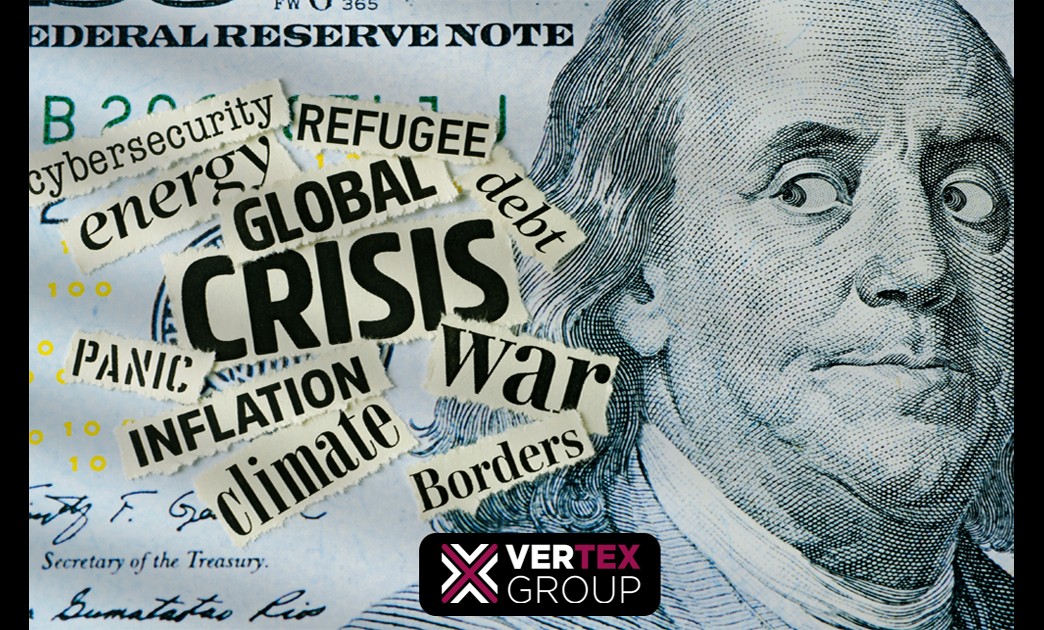Definition of consumer price index The Consumer Price Index, which is known by its abbreviated name CPI, is an economic indicator or statistical indicator that measures the changes that occur in the general level of prices based on tracking a basket that includes all goods and services consumed within a specific country. The composition of …

Definition of consumer price index
The Consumer Price Index, which is known by its abbreviated name CPI, is an economic indicator or statistical indicator that measures the changes that occur in the general level of prices based on tracking a basket that includes all goods and services consumed within a specific country. The composition of this basket is supposed to reflect the structure of household consumption spending in this country
The national bodies in charge of statistics track the development of these prices in the major urban centers of the country concerned, monitor them over time, and measure their change from one period to another (month, season, or year).
It is issued in the form of a monthly or annual report
The goods and services included in the CPI calculation include common consumer goods such as food, housing, transportation, health care, education, entertainment, clothing, household items, and public services.
How to read the indicator and what does it express?
A baseline of 100 was set for the CPI numbers in the actual report
If the CPI number is 140, this means that inflation is 40% higher at the present time. The CPI acts as a main indicator of inflation and helps the national central bank adjust its monetary policy according to its inflation targets. A stable level of inflation (i.e. 2%) is considered healthy. For constant economic growth, the CPI, like any inflation index, is a lagging indicator, meaning that it reports the change in the past period. When a country publishes a CPI report, the results are expressed as a percentage of the change compared to the previous version.
The relationship of the index to inflation and deflation
The consumer price index allows measuring the level of inflation, as the inflation rate is nothing but the percentage change of this indicator between two periods (the index in period 1 minus the index in period 0, all divided by the index in period 0 and multiplied by a hundred).
If there is a negative change in this indicator, then the talk will be about price deflation instead of inflation
In order to neutralize the impact of seasonal price fluctuations on the consumer price index (and thus also on the inflation rate), some countries resort to measuring an index that excludes food and energy commodities whose prices experience constant fluctuations between rise and fall.
Economic analysts in the West follow the core consumer price index more than the general index in order to determine the general trend of price development without the effect of misleading seasonal changes, as they rise at times and then fall at other times many times during the month, quarter, or year.
US Consumer Price Index
Region: North America
Release date: monthly and annually
Issuer: US Bureau of Labor Statistics
The Consumer Price Index report issued by the United States is considered one of the most important reports due to its promising impact on the US dollar currency
Using the Consumer Price Index in trading
CPI numbers have a significant impact on the currency exchange rate. This is because the CPI is a measure of inflation in a country and because inflation rates have a significant impact on the decision-making processes of the central bank. When inflation rises significantly, it is very likely that the central bank will raise interest rates. When Too low will naturally lower interest rates. High interest rates increase demand for the currency and usually cause the exchange rate to rise, while low interest rates usually cause the currency exchange rate to fall.
Suppose the United States is expected to publish its monthly CPI report. The forecast was 1.3% and the previous result was 1.1%.
Therefore, analysts expect the CPI to rise. When the report is issued and the actual result is 1.5% and exceeds expectations positively, expectations will accumulate for the US Federal Reserve to raise interest rates and traders will tend to buy the US dollar and thus movement in all major currency pairs and other financial instruments. in general








